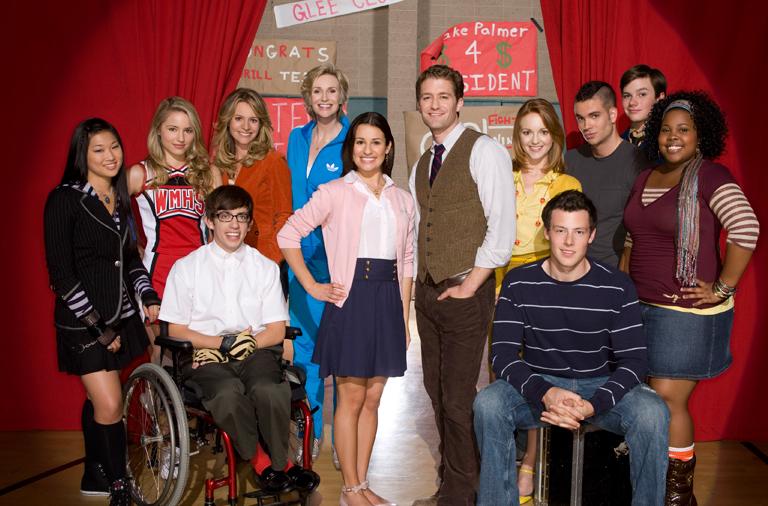
You don't have to watch Glee (a musical series on Fox) to be aware of the determinedly diverse cast. The high school glee club ensemble includes students of varying ethnic backgrounds, sexual orientation, and level of physical ability. It includes students from both ends of the high school popularity food chain, as football players and cheerleaders are recruited and continuously feign reluctance to be on the team. The overarching theme of this show, aside from the pure entertainment value of Bon Jovi/Usher mashup performances (admittedly not for everyone), is that of inclusion.
The show doesn’t shy away from issues regarding these differences, and it somewhat formulaically addresses each one in turn. In the season finale, for example, the team competed in a sectionals tournament against an all-girls reform school and a school for the deaf. Yet I can’t help but wonder why, despite these efforts, every character that doesn’t fit the characteristics of the majority is relegated to the sidelines. The photo included above (click to view the whole photo) demonstrates the careful balance of acceptability that’s been crafted: the four main characters (center-right) are white, heterosexual, and non-disabled. Other characters on the periphery that also meet these requirements include girlfriends, wives, and best friends/love-triangle rivals of the main characters; it would seem that any interracial relationships including any the main characters are off limits.
The sense of inclusiveness is one of the major commodities of the series, yet it is arguably only within pre-determined “acceptable” limits. This photo is probably enough to discuss without having seen the show, but full episodes and episode recaps are on hulu.

